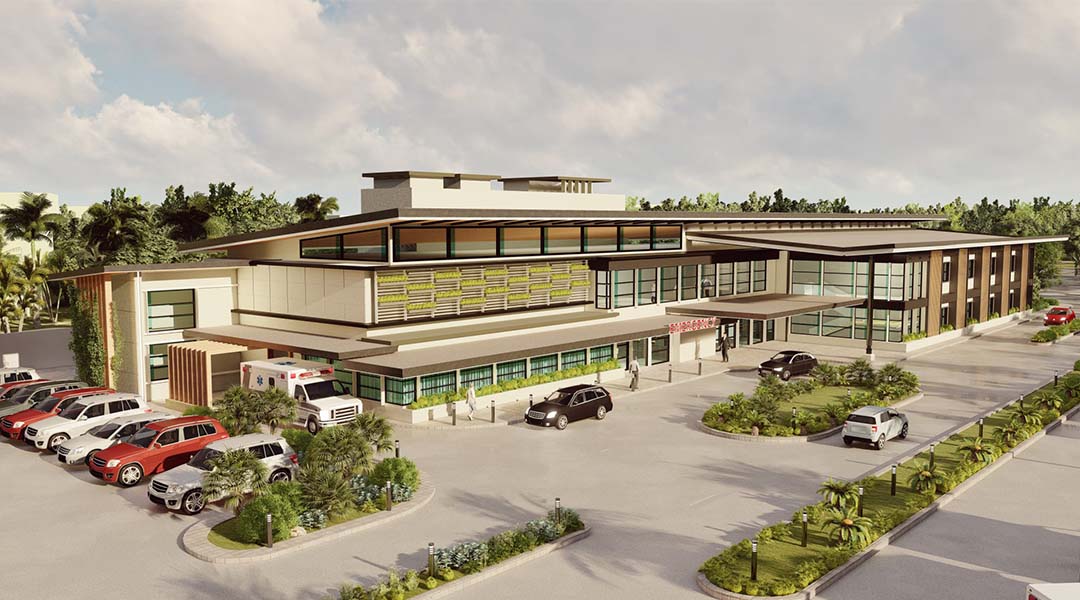
Balancing creativity and technicality: John Ryan Santos on the intricacies of hospital architecture
One thing that I will always remember when I hear the name John Ryan Santos is his ending statement during their firm’s presentation at the 2019 World Architecture Festival: “My name is John Ryan Santos. My team and I build hospitals all over the Philippines to make healthcare accessible to our countrymen, Filipinos.” Their shortlisted compact hospital project, Sagip Kanlungan, is envisioned to be “a design template for constructing disaster-resilient hospitals in rural areas,” one that advocates for good hospital architecture and design and quality healthcare service.
READ MORE: Why JRS + Partners’ hospital network is an ideal model for pandemics such as COVID-19
It was during the first few months of the COVID-19 outbreak in the Philippines that I personally got in touch with John Ryan Santos + Partners. With BluPrint headlining its online content with healthcare architecture, we got to have a series of email exchanges with principal architect John Ryan Santos and principal designer Pauline Cuevas-Bato. They talked about their design approach, sharing project proposals that reflected their culture and identity as a hospital architecture firm. A few months later, I emailed them again, this time to look into their personal design experiences, in the hopes that their stories will inspire younger designers to take on the world of hospital architecture and design.
This interview with Architect John Ryan Santos felt exactly the same as the previous ones: straightforward, sensible, and sincere. Here, he shares his personal experiences, his insights on architecture education here in the Philippines, and the value and challenges in pursuing an architectural field that can literally mean the difference between life and death.
BluPrint: When did you discover that you want to be an architect?
Santos: There was no exact moment of epiphany. During high school, I had certain gravitation towards artistic crafts and at the same time, towards technical work. With these 2 things in mind, one of the most obvious choices was to pursue a career in architecture that could provide avenues for both technical and artistic expressions.
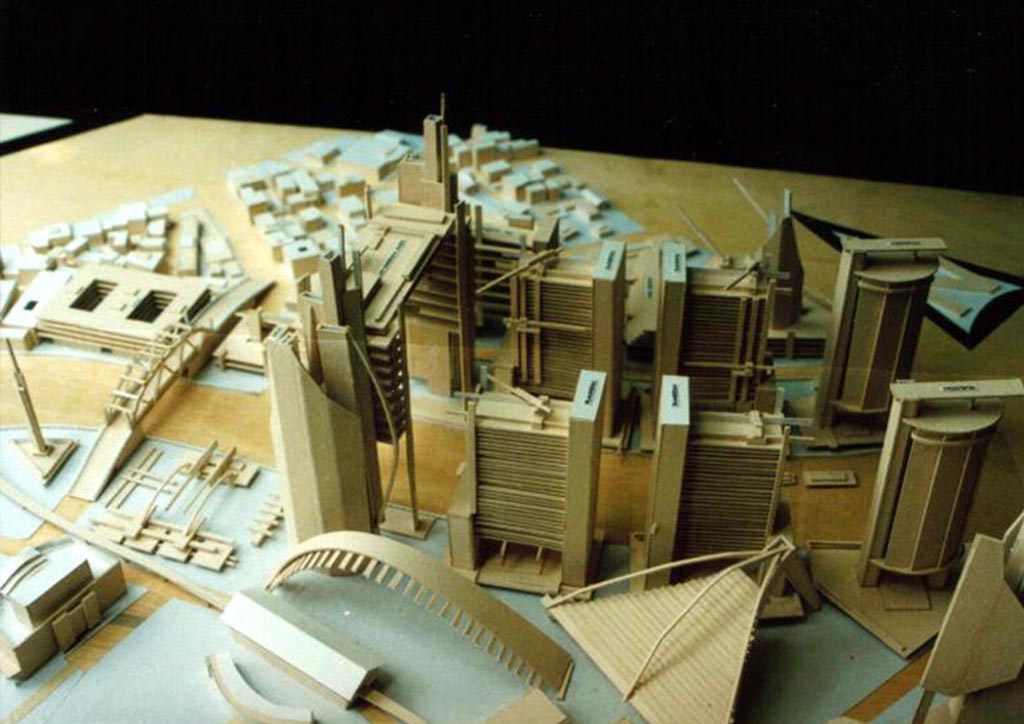
How did you get to hospital architecture? Did your education influence you to pursue this?
Back in 2003, jobs were more difficult to come by, and going abroad was very common for young architects at that time. After completing the Architecture Licensure Exams in 2003, I was fortunate enough to get a job as a renovation architect for a hospital. At that time, it was not exactly appealing in terms of creativity. But it was work nonetheless that I could do without having to go abroad. So, I worked on that hospital project area by area. It was tedious and very difficult. The learning curve was steep and there was a very limited artistic expression, but over time, I discovered the intricacies of hospital design and found a certain interest in its challenge. More importantly, I found a deep sense of fulfillment that my work can at certain times directly impact the lives and wellbeing of patient-users. Throughout my collegiate years, I never thought that I would find myself dedicated to healthcare facility design. It’s one of those curveballs from life.

YOU MIGHT LIKE: John Ryan Santos + Partners proposes COVID-19 isolation facilities buildable within two weeks
Apart from leading him to hospital design, architecture also paved the way for Santos to teach aspiring designers. He revealed that their firm has an education arm called Professional Integration Course (PIC), which holds periodic education events such as lectures on hospital development for groups that are contemplating establishing new healthcare facilities. “We provide them with primer knowledge in order to set them in the right direction on how to go about building a new hospital,” Santos states. Above all these, the hospital architect has also been a lecturer at the University of the Philippines College of Architecture since 2018.
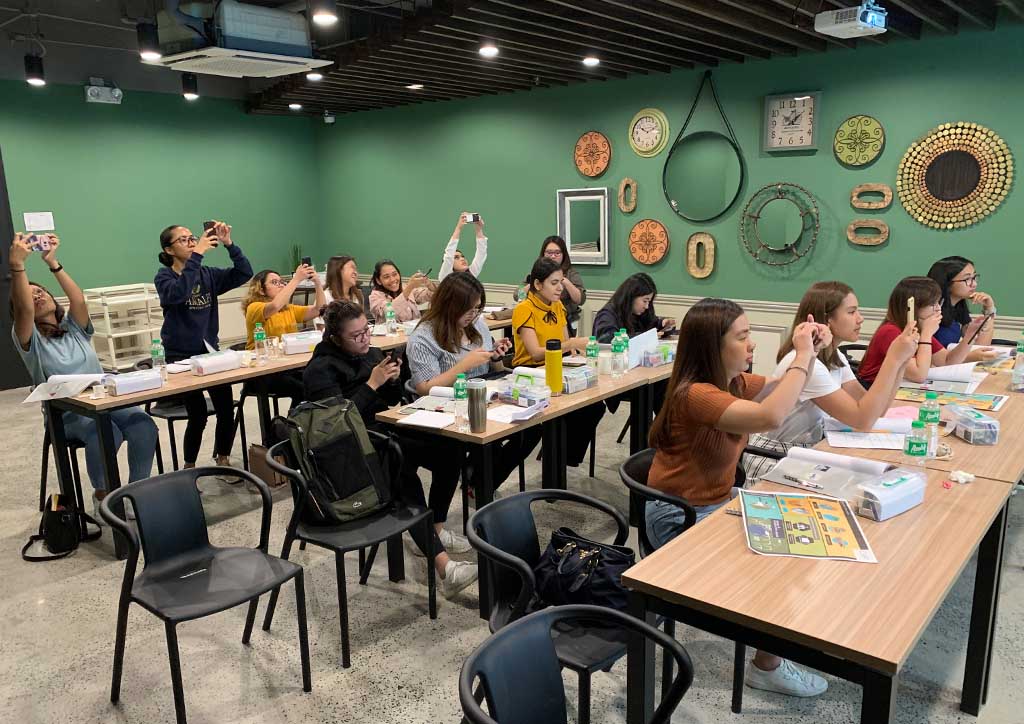
May I know what are the courses that you teach in UP?
For the undergraduate program, I teach AR134, which is Advanced Construction and Project Management. This is a course usually taken by 4th-year students.
For the Master’s Program of UP called the Integrated Graduate Program, I teach Studio Topics under Building Science, where I focus on Hospital Design and Healthcare Systems. This is a research-based course.
How would you describe your teaching experience so far?
Since I started teaching in review and in university, I have been teaching fairly “older” students. This semester, I have been assigned to teach one of the most fundamental drawing courses in the curriculum….my students are 1st-year students in their very 1st semester! It’s quite interesting because I had to completely get out of my comfort zone (and comfort topics, which are usually advanced subjects) and go back to basics. It’s challenging but also interesting. I’m also teaching a Master’s class this semester.
Speaking of this semester, how are you adjusting to distance learning?
For distance learning, UP has been implementing a system to produce learning materials for students that will allow them to follow a set of course work that they can do on their own and submit according to a defined schedule.
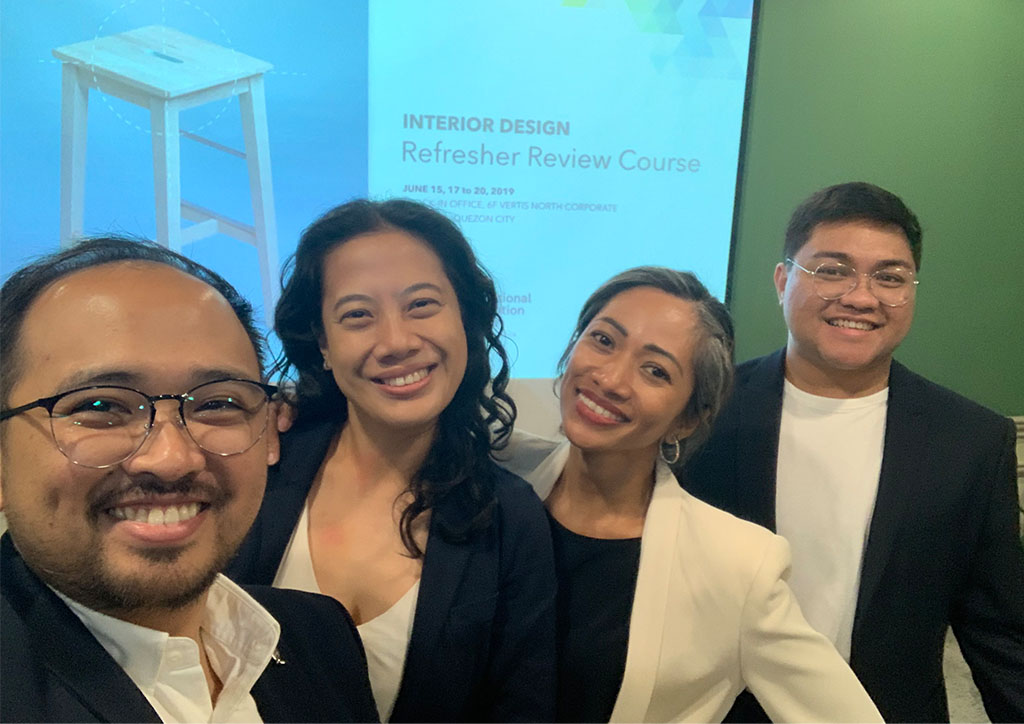
The conversation led to Santos’ insights on how architecture is taught here in the Philippines, and what adjustments and changes should colleges and universities be willing to adapt. “I always tell my students that we are fortunate enough to live in a time where vast information and knowledge is available at our fingertips. However, there is so much information available online that there are times when it becomes difficult to verify the credibility of the information,” he shared, citing educational videos as some of the many examples. “To address this, universities might want to consider creating a curated database of links to learning materials that are available online. It will then be verified information by the university and its faculty.”
What actions do you personally suggest for universities for the short, mid, and long terms?
For the short term–provide each student with the equipment and means to access stable and affordable internet.
For the mid and long terms–create a curated database of learning materials already available online. Universities can also craft original online learning materials for their students. This might entail establishing teams or departments entirely dedicated to content production its learning materials.
What change in the curriculum, do you personally suggest, especially with all the learnings from this pandemic?
I think it would be advantageous to architecture students if the curriculum included subjects on business management, corporate finance, and basic public administration.

What subjects or present lessons in the curriculum do you think should be given more emphasis/course credits as a response to a student’s present ability to address pandemic issues architecturally?
I think research methods should be given more emphasis as it gives the students an effective tool to problem-solving using a scientific approach. This was the most beneficial course for me in terms of hospital architecture back in college. This laid the foundation of how I do my hospital designs now, which is based on systematic research in order to develop the most suitable solution to the design problem. I was also fortunate enough to have an excellent professor for my Research Method subject–Dr. Gerard Lico.
READ MORE: LOOK: Architects design a layout for a COVID-19 Central Referral Complex
In a previous interview, Santos said that in hospital design, it is necessary to always start with rigorous research and programming. He explained that designing hospitals requires one to look at the scheme from multiple angles, as there is a need to look at the project not merely on a flat scale, but as an operational space. “A hospital needs to be operationally efficient. Its design needs to function and flow as efficiently as possible because in many cases, someone’s life is literally on the line,” the hospital architect says. He underscored that although hospital architecture can often be limiting in terms of creativity, it does not necessarily mean that there is a need to sacrifice aesthetics. “We cannot discount the fact that a hospital is a place where its users are subjected to stress and anxiety on a day-to-day basis. It is, therefore, necessary to design hospitals in such a way that the aesthetics of its space can contribute to giving relief and at the very least, some marginal enrichment to the experience of the space by its users.”

What are the things about hospital architecture that still excite you?
At John Ryan Santos + Partners, industry by constantly improving, not just our final work but the whole system and processes of our work. What constantly surprises me is just the sheer number of possible solutions that can be developed for even the simplest planning problem for a hospital. It’s also what drives me mad most of the time.
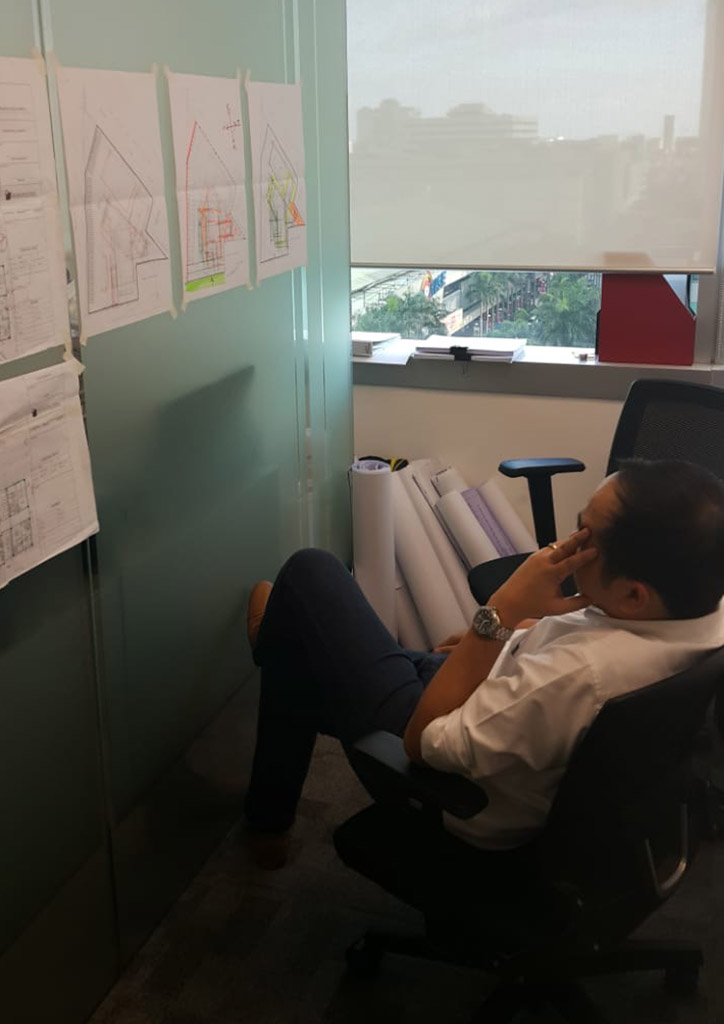
What opportunities does focusing on a particular field in architecture provide?
It gives you a chance to be an expert at something. For some designers, that’s an appealing proposition. For others, it’s something that may be dull and monotonous. For me, when you’ve achieved a level of expertise in a particular specialization, you naturally gain credibility in that field. That will put you in a position to influence, promote, and improve your field.
What would be your advice to young designers who wish to explore the hospital/healthcare architecture industry?
One, be ready for a long training process. Two, be willing to do research and continuous learning. Three, be ready to learn the job of healthcare professionals. And lastly, be ready to surrender a substantial part of your design ego when you do hospital design.
YOU MIGHT LIKE: Polomolok completes pioneer build of COVID-19 isolation unit by John Ryan Santos + Partners


